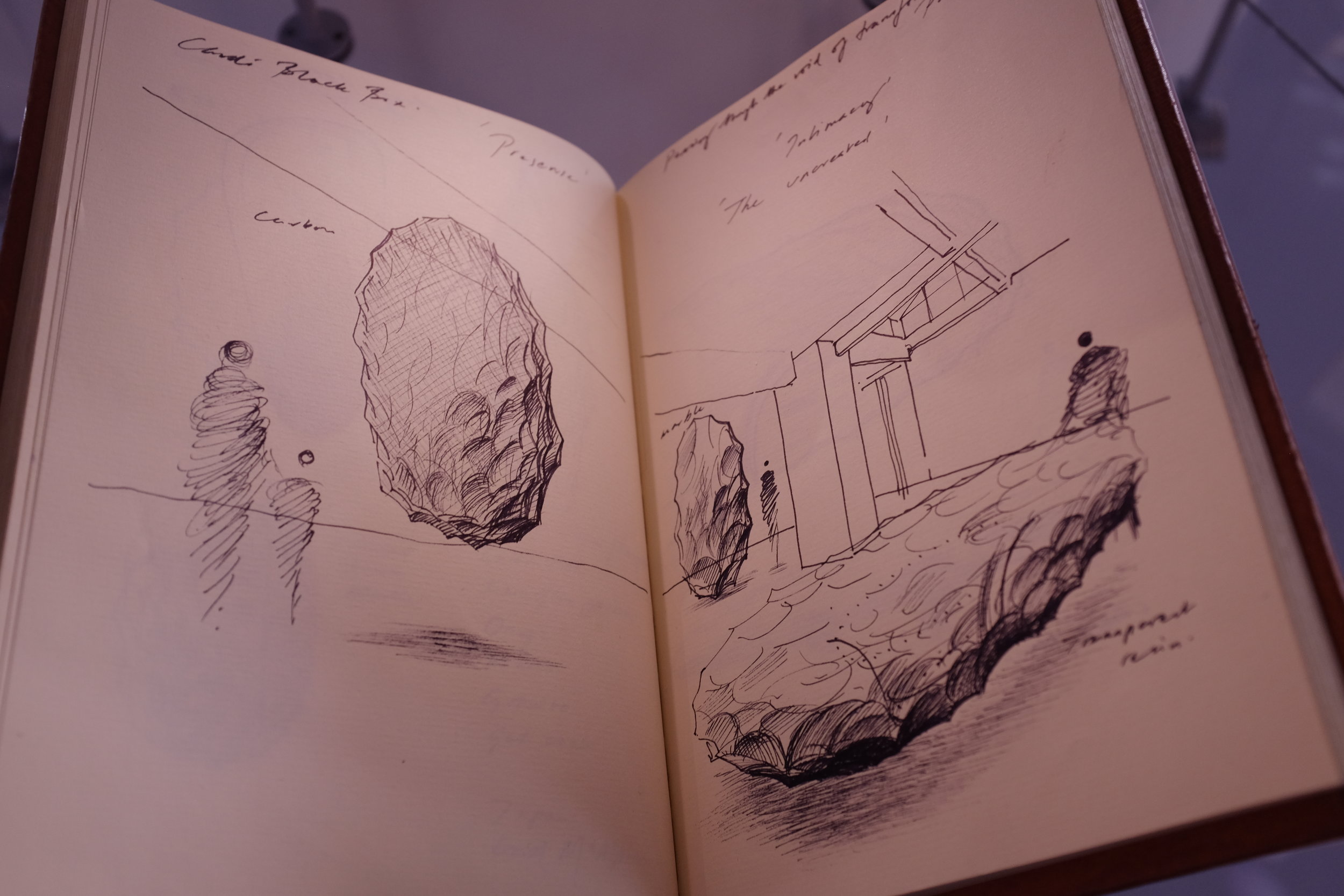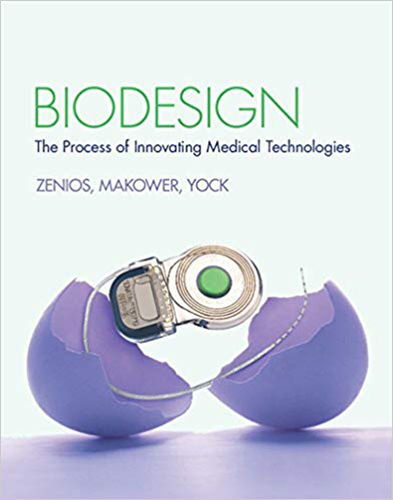Diversifying Design
with Nature
feat. Ross Lovegrove
Late 90s Shinkansen trains based of Kingfisher bill by Eiji Nakatsu
Design informed by nature is a disposition that I find to be a necessary element for the form and functionality of the products we create in our current economic climate. Since coming across musings of Janine Benyus, designer and author of Biomimicry, and innovations of this design-perspective as compiled by William Myers in Biodesign- it has become more apparent where science fiction can emerge into reality without the having to rely on the colonization of Mars as our saving grace from our destructive demands on limited resources. Additional literature reveals many other descriptors of this philosophy - green build, sustainable, whole system, integrative, ecological, biofabrication and regenerative just to name a few. Yet our current narratives behind consumption seem to be quite conflicting to the finite characteristics of the primordial planet that we evolved in.
beauty from the beast
Observation of our natural environments reveals to us models to solutions for design, business, and life that have emerged from over 3.4 billion years of research and development in the oldest laboratory - nature! One particularly curious case of continuous involvement in our ontological creativity is observed through birds, which so happens to be among the few remaining descendants of dinosaurs. Their long-standing history of inspiring humanity's upward motility started with 15th-century Italian painter Leonardo da Vinci's emulation of his "flying machine". And followed the inception of Darwin's theory of evolution by natural selection, to the reduction of the sonic boom effect in Japan's Tokaido Shinkansen high-speed-rail. This "emerging field" continues to be cultivated for high innovation potential and societal impact in consumer, medical, and technology industries. It seems the historical prose of nature renders the rules of engagement for not only surviving but thriving on this planet.
A Grove of Green Design
During my visit to Paris last summer, I had the fantastic opportunity of meeting the "Captain Organic" of design, Ross Lovegrove — one of the most visible figures of the biodesign movement. Upon close tactile discrimination of his creations, I sensed a nostalgic familiarity to elements in his design which I could identify from my evolving career in sciences. It wasn't just the form that exposed this biodesign sensibility, but how the thought processes and the dynamic composition of the designs that emerged like cellular processes in embryonic, DNA replicating fashion (see the photo of wind-generator below). What I appreciated most was that his thoughtful emphasis on conservation through careful form and material selection rather than just biomimicry for an aesthetic appeal. As someone drawing an understanding of design from a scientific perspective, casual rapport with this inquisitive mind allowed me to detect the parallels in thought processes behind someone approaching a scientific perspective through design - chatting with Ross was like joking with an old friend. I think to find like-minded guides are always a positive indicator of progress in your journey of figuring out your place in the dichotomy between science and creativity, or whatever passion you are pursuing. Here are a few of my favorite pieces from this biodesigner’s collection:
OPTICAL ILLUSION
This digital camera design concept had been proposed to the Olympus Optical Company in Japan. It’s meant to resemble an amorphous amoeba as an easy-to-grasp and modernized approach in capturing the temporary nature of life. The futuristic version of me would be casually carrying this in my pocket as I make my way through crowds of a cyberpunk waterpark on my solar-powered hoverboard.
Watered Down
Plastic water bottles are meant to be relegated to the past, but it doesn’t mean that the reusable ones need to look like canisters from the continental U.S era. This design is meant to capture the natural feel of water while allowing the precious resource to be fully expressed in the hands of the beneficiary. And it’s made from a during PET plastic that allows for multiple uses. This bottle design was commissioned by Tŷ Nant for their Ripple (PET) bottle, a bottle designed to encourage reusability and collectibility as an art piece.
Shoe Story
For awhile, 3D printing had been touted as the next revolutionary technology for batch producing products in a way that reduced the carbon footprint caused by conventional mass production methods. This shoe technically can be recast on-the-go from any 3D-printer for your last-minute reservation to that Atlantean gala in the city.
Virtually Imagined Reality
You can find the incarnations of Ross's designs worldwide and across the web, but his original designs emerging from the classic pen and pad are most fascinating to me. Direct depictions of our imagination represent a primal instinct of humanity that connects us to the roots of our archaic predecessors (arguably considering the current state of affairs in the U.S.), as observed in early caveman drawings. The leather-bound books a la Leonardo da Vinci are also a nice touch too. Yet these are neither archaic in style nor unique to the imagined realm, but rather a representation of near-futuristic possibilities of standard stylization. With the advent of emerging technologies and virtual extensions of our reality, it seems natural for humanity to experience destructive compression when a tactile form is translated into binary code and digital constructs. Will the machine's representation of man echo a semblance of design by nature or will we naturally select out organic matter through mechanization? For the time being, here are some of Ross's blueprints of biodesign that gives us hope that there can be a balance between both worlds
BIODESIGN BIBLIOGRAPHY
Here are a few of my top reading resources that just might inspire your next biodesign innovation!
Bio-tastic Talks
Here is me and Ross Lovegrove in front of the Centre Pompidou after having lunch together and a good chat at one of his favorite restaurants. Thank you for your time, introducing me to your favorite meal, and being one of the best parts of my experience in Paris. And cheers (with water, of course) to crossing paths again in our future endeavours in creating a bio-tiful future! -VF
















